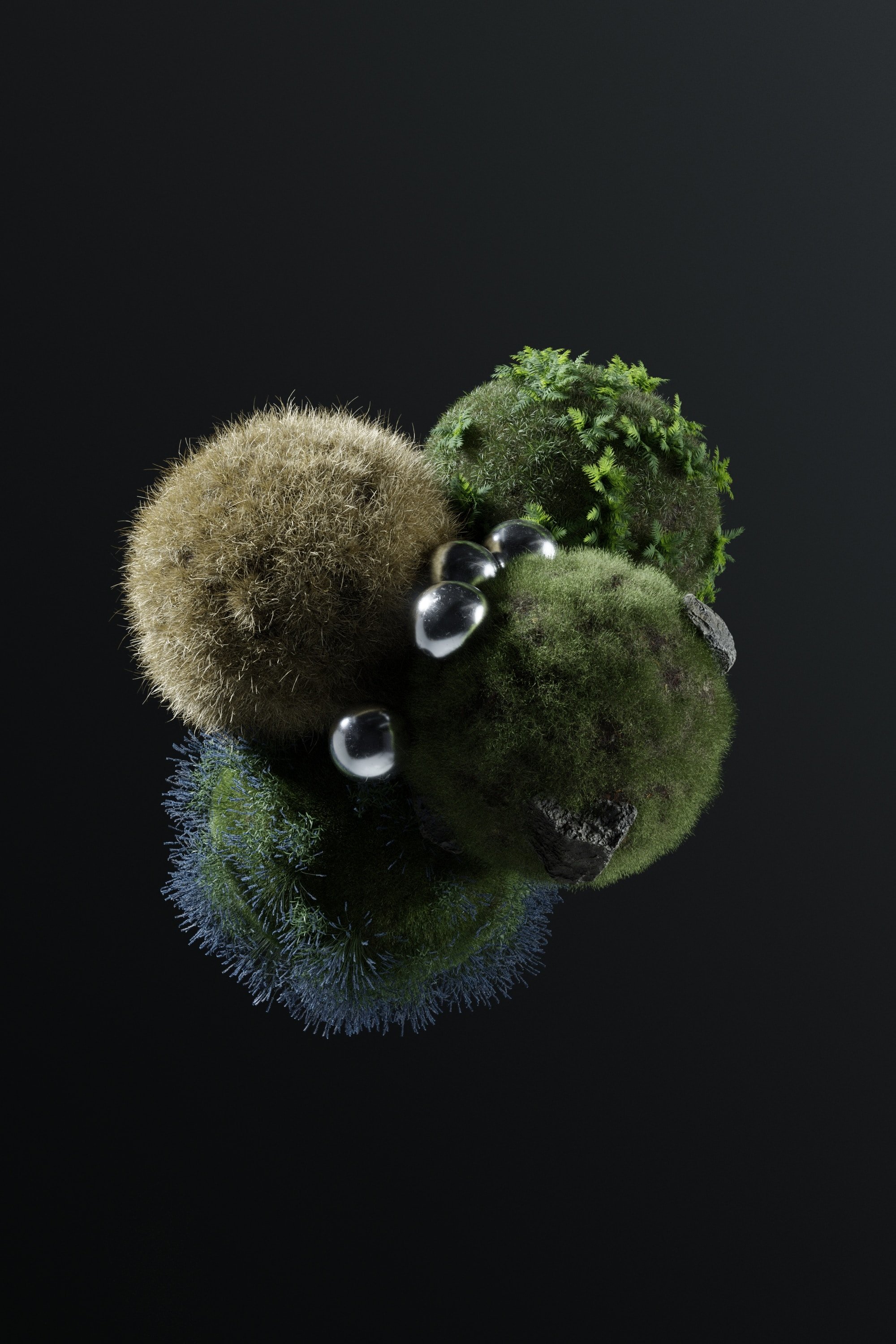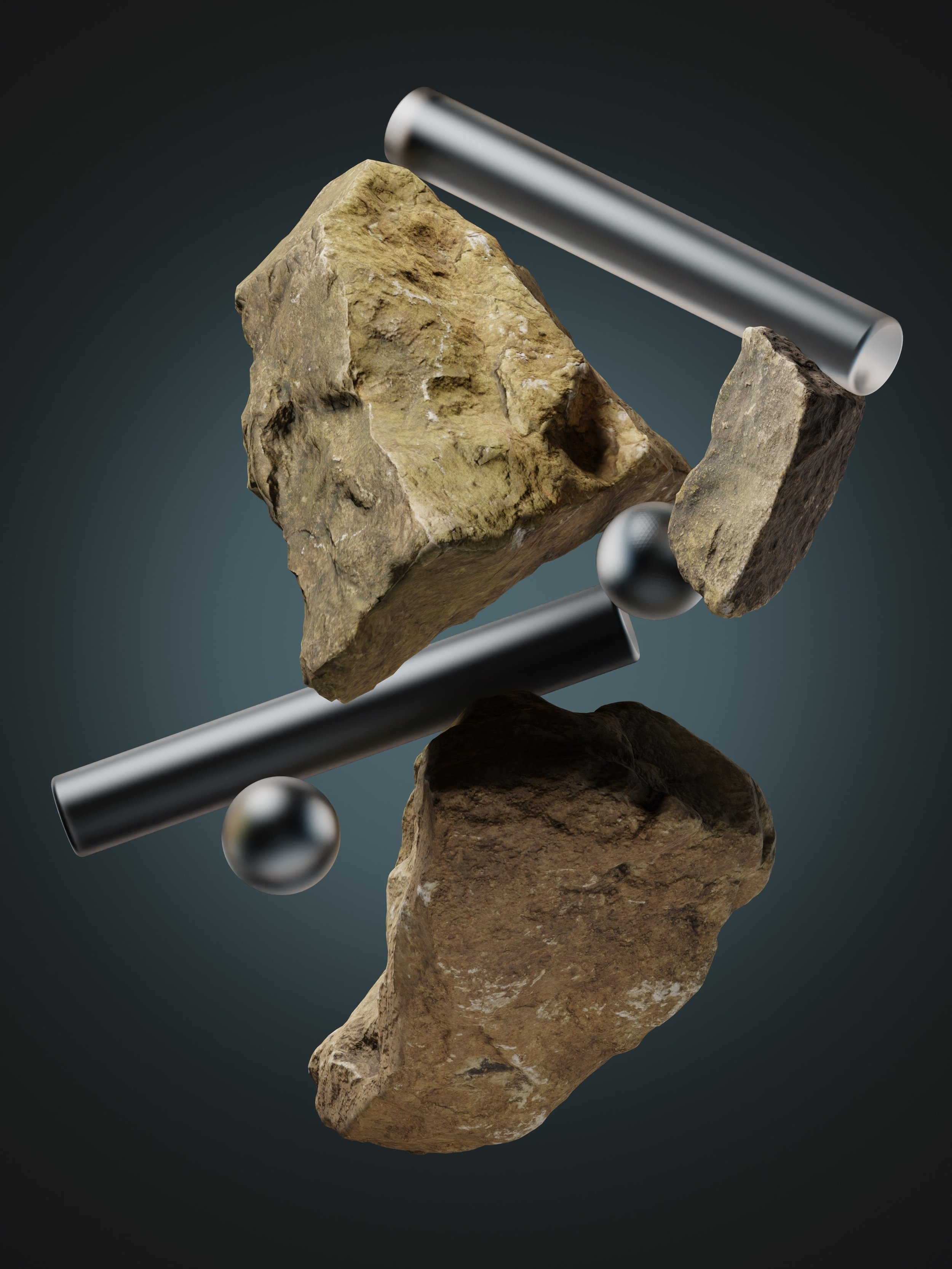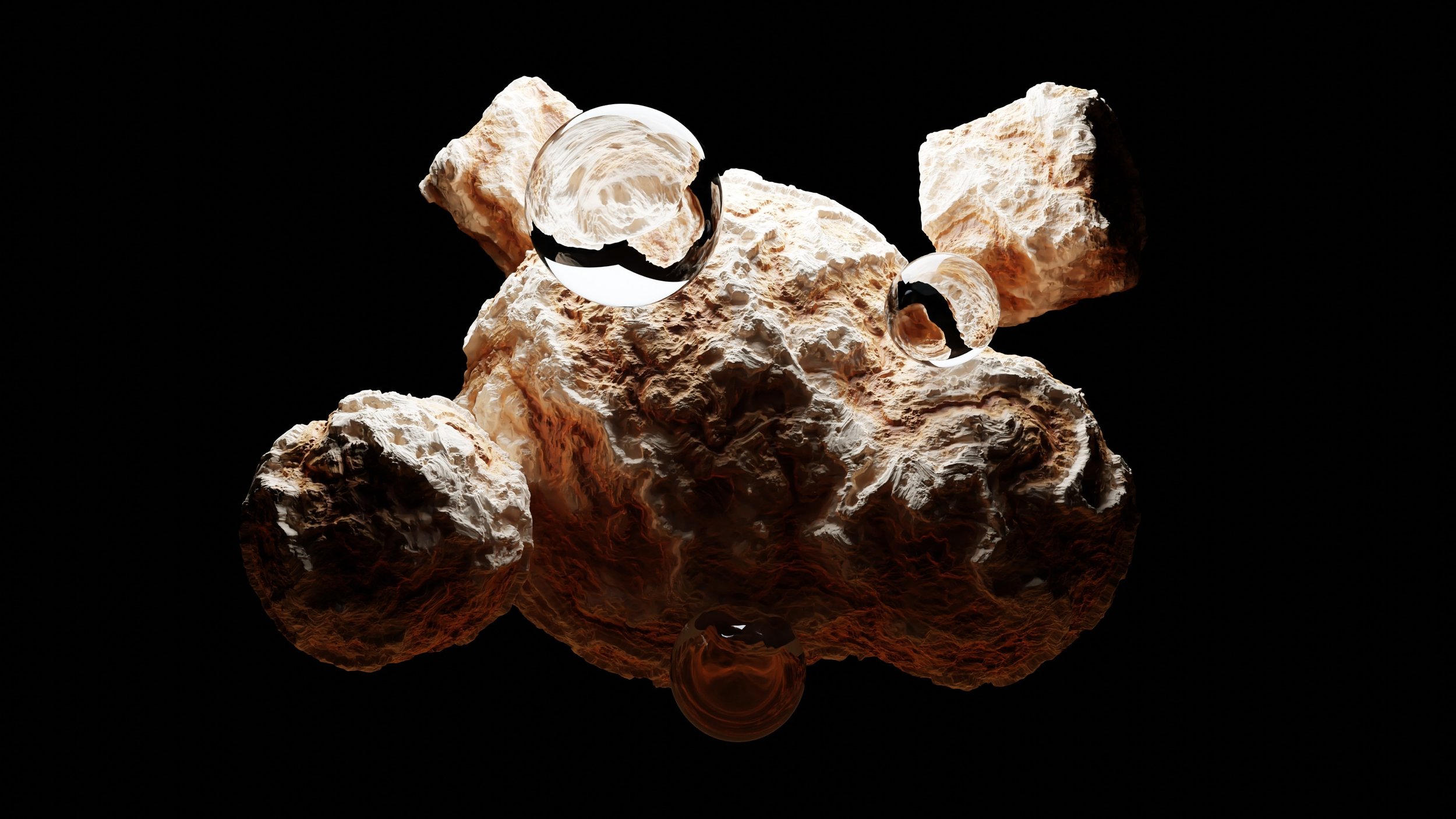
Goals & Strategy (Free)
Personalized consultation, goal setting for your portfolio project, skill assessment, and Q&A.
Components:
Free 30-Minute Consultation: Based on a preliminary questionnaire to understand individual goals and expectations.
Goal Setting for Project: Establishing a clear vision for the final portfolio, aligning with desired artistic styles and career aspirations.
Skill Assessment: Identifying gaps in knowledge and skills before starting the course, with recommendations for specific tutorials to prepare.
Q&A Session: Addressing any initial queries and concerns, setting the tone for the upcoming course.
Milestones Achievements:
You established a clear vision for your portfolio project, aligning personal and professional goals with the course content.

Planning & Management
Exploring Agile vs. Waterfall methodologies, understanding different workflows, time management techniques, and project organization strategies.
Components:
Agile vs. Waterfall Methodologies: Understanding different project management approaches and their application in 3D projects.
Procedural vs. Destructive Workflows: Learning the advantages and disadvantages of each workflow in 3D modeling.
Time Management with Pomodoro Technique: Implementing effective time management strategies to enhance productivity.
Project Organization: Best practices for organizing 3D projects, including file management and workflow structuring.
Version Control: Understanding the importance of maintaining different versions of work for easy tracking and revisions.
Effective Note-Taking: Techniques for keeping detailed project documentation.
Team Collaboration: Strategies for effective teamwork and communication in a project setting.
Client Goal Alignment: Learning to understand and align with client objectives and requirements.
Using References: How to effectively utilize references for inspiration and accuracy in 3D projects.
Milestones Achievements:
You developed a comprehensive project plan, incorporating agile methodologies and effective workflow strategies for your 3D project.

Creative
Concepts
Setting up efficient project structures, optimizing workflows, developing initial concepts, and learning asset management.
Components:
Project Structure Setup: Organizing files and folders for efficient access and workflow management.
Workflow Optimization: Streamlining the creative process for better productivity and quality.
Concept Development: Explore how to develop and refine project concepts, translating ideas into actionable 3D design plans.
Asset Creation and Management: Understanding the role of assets in 3D projects and how to manage them effectively.
Mood Board Creation: Develop skills to create mood boards that guide your project's style, tone, and direction.
Effective Brainstorming: Learn brainstorming techniques to generate creative solutions for your 3D designs.
Establishing Design Guidelines: Set clear design guidelines to maintain consistency and meet project objectives.
Milestones Achievements:
You designed a detailed project structure for a 3D model, complete with a workflow map, asset list, and a mood board reflecting your creative concept.

Model
Preparation
Focusing on the essential skills for creating detailed and accurate 3D models.
Components:
Importing CAD Data: Techniques for integrating CAD data into 3D projects.
Modeling and Retopology: Best practices for creating efficient and accurate 3D models.
Hard Surface Theory: Principles of hard surface modeling for realistic and detailed results.
Topology Optimization: Quad Remesher addon for improved model efficiency.
Geometric Detailing: Add geometric details to your models, enhancing realism and visual appeal.
Optimizing Meshes for Animation: Prepare and optimize your 3D models for animation, ensuring smooth transitions and deformations.
Milestones Achievements:
You crafted detailed 3D models with optimized topology, ready for further development in texturing and animation phases.

Texturing
& Lighting
Developing skills to add depth and realism to 3D models.
Components:
Creating Substance Textures: Techniques for designing realistic and high-quality textures.
Advanced Materials: Exploring complex material setups for enhanced visual appeal.
Studio Lighting Techniques: Learning professional lighting setups to bring scenes to life.
Understanding Reflections: Mastering reflections to add realism to 3D models.
Compositing Skills: Techniques to composite various elements for a cohesive final image.
Shadow and Light Interplay: Learning to balance shadows and highlights to give a sense of depth and dimensionality.
Photorealism: Techniques to render your scenes with a focus on achieving photorealism.
Milestones Achievements:
You applied advanced texturing and lighting techniques, enhancing the depth and realism of your 3D models.

Scene Setup
Creating engaging and visually appealing 3D scenes with effective composition.
Components:
Composition Principles: Learning the art of arranging elements in a scene for maximum impact.
Color Theory Application: Using color effectively to enhance the visual storytelling of a scene.
Ensuring Scene Readability: Techniques to make scenes clear and engaging to the viewer.
Depth and Perspective Techniques: Master the use of depth and perspective to add dimensionality and realism to your scenes.Dynamic Camera Angles: Experiment with various camera
Dynamic Camera Angles: Experiment with various camera angles and movements to create dynamic and interesting visuals.
Balance and Harmony: Achieve a balanced and harmonious composition by considering the weight and placement of various elements in the scene.
Milestones Achievements:
You utilized composition principles and color theory to create visually appealing and coherent 3D scenes.

Environment
Design
Building compelling 3D environments that enhance storytelling.
Components:
Creating Mood and Purpose: Techniques for establishing the right mood and purpose in environmental scenes.
Abstract Scene Creation: Exploring creative approaches to abstract scene design.
Interior Design Basics: Applying fundamental principles of interior design in 3D environments.
Environmental Storytelling: Explore how to use the environment and background elements to tell a story and add context to your main subject.
Lighting for Mood: Understand how different lighting setups can dramatically change the mood and feel of a scene.
Milestones Achievements:
You developed immersive 3D environments, effectively using mood, balance, and storytelling elements.

Advanced
Rendering
High-end techniques to streamline your rendering process while enhancing image quality, including batch processing, mass corrections, and AI-generated backgrounds.
Components:
Batch Rendering Techniques: Render multiple scenes or elements simultaneously
Mass Render Correction: Correcting and adjusting multiple renders at once, ensuring consistency and quality across all images.
AI Background Generation: Use of AI tools for creating and integrating realistic backgrounds, enhancing the overall visual impact of your scenes.
Post-Processing with Lightroom Classic: Adding the final touches for a professional look.
Optimizing Render Settings: Discover how to optimize render settings in Blender for the best balance between quality and efficiency.
Milestones Achievements:
You successfully executed advanced rendering techniques, producing high-quality images with efficient workflows and AI enhancements.

Animation
Principles
Applying dynamic animation techniques to bring your 3D scenes to life.
Components:
Fluid Camera and Object Animations: Tailoring movement for impactful product showcases.
Geometry Node Techniques: Creating dynamic visual effects for product presentations.
Storytelling Through Motion: Crafting narratives around products to engage viewers.
Realistic Motion Physics: Applying physics for natural-looking product animations.
Lighting and Shadow in Motion: Enhancing product appeal through strategic lighting in animations.
Seamless Loop Animations: Designing loops for continuous, hypnotic product displays.
Cinematic Product Reveals: Creating high-impact reveal animations for product launches.
Milestones Achievements:
You demonstrated proficiency in animating dynamic 3D scenes, using fluid motion techniques and geometry nodes for product presentations.

Video
Production
Focusing on effective video editing, music synchronization, and sound effects to enhance storytelling and viewer engagement.
Components:
Video Editing Techniques: Cutting, transitioning, and sequencing to elevate the storytelling.
Music Integration: Harmonizing background scores with visual elements to set the tone.
Sound Effects (SFX): Adding subtle yet impactful sound details to bring realism and depth.
Color Grading: Applying color grading techniques to enhance the visual appeal of your animations.
AI Voice-Over Incorporation: Add voice-overs to narrate or add dialogue to your animations.
Post-Production Enhancements: Effects to refine the final output of your animation projects.
Milestones Achievements:
You combined video editing, audio integration, and post-production skills to create a complete and engaging 3D animation project.

Art &
Business
Preparing for a successful career in the 3D art industry.
Components:
Portfolio Presentation: Showcasing your work, ensuring your portfolio captures attention and truly reflects your skills.
Career Opportunities Exploration: Insights into various 3D art career paths, along with strategies for successful job market navigation.
Effective Communication Skills: Communication for client interactions and networking, key to professional growth and collaboration.
Understanding Market Rates: Assess and set competitive pricing for your work, in line with industry standards and your skill level.
Contract Fundamentals: Contract negotiation essentials, from rights understanding to crafting clear agreements.
Self-Promotion Strategies: Effective techniques to promote your skills and work, maximizing your visibility in the 3D art community.
Milestones Achievements:
You are prepared for the professional world of 3D art, mastering portfolio presentation, understanding the job market, and acquiring essential skills in communication, pricing, and contract negotiation.

